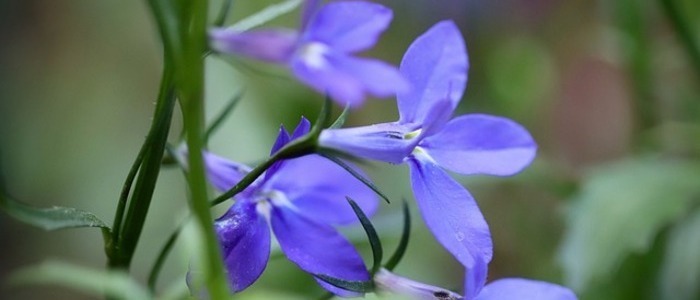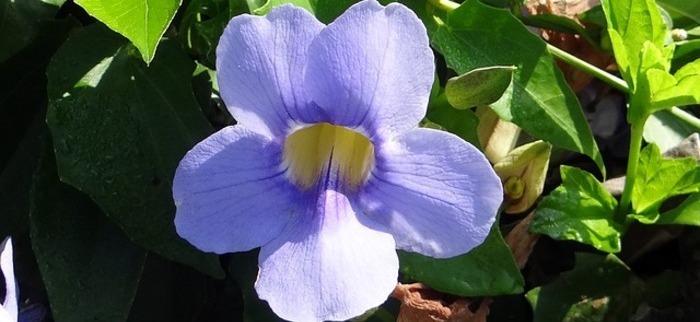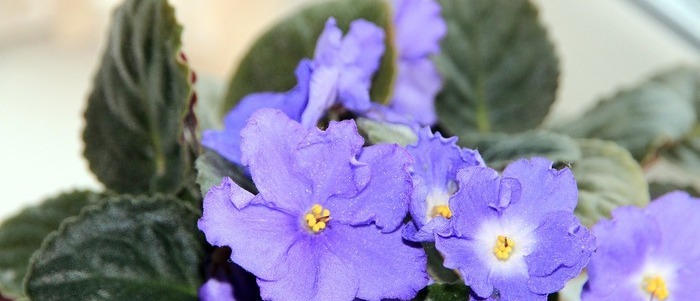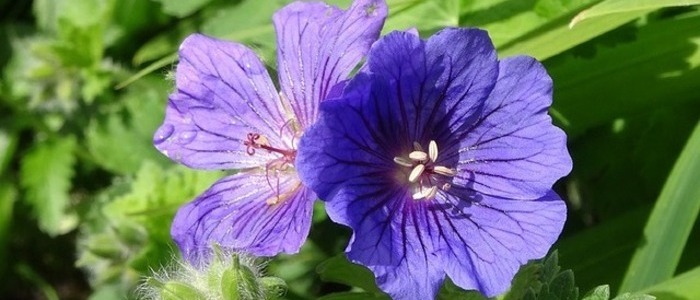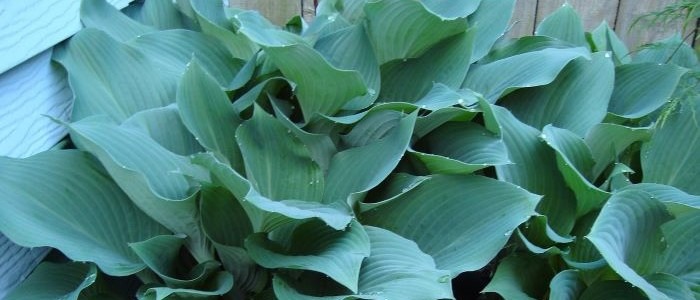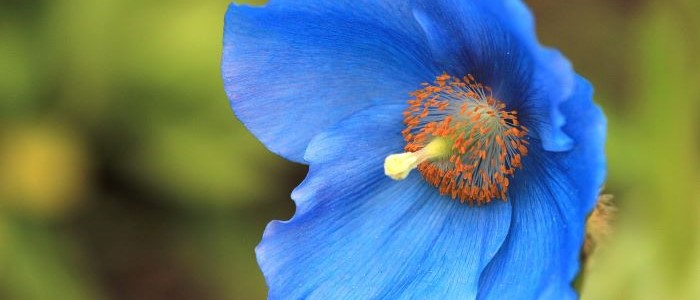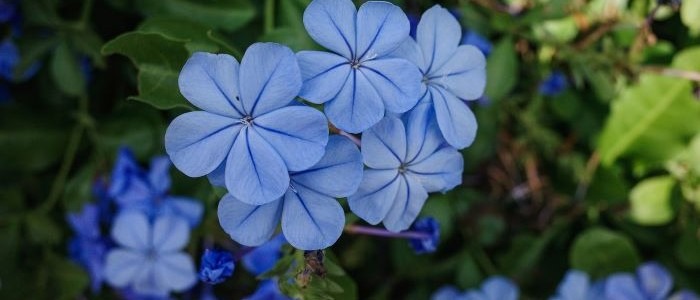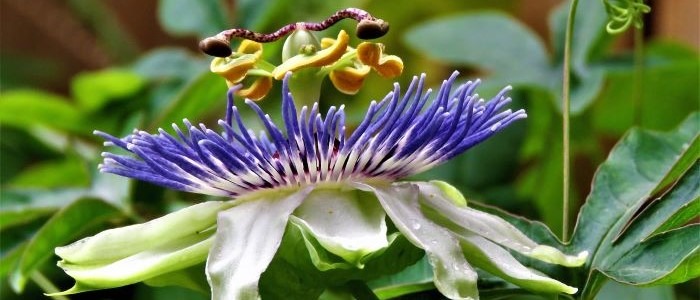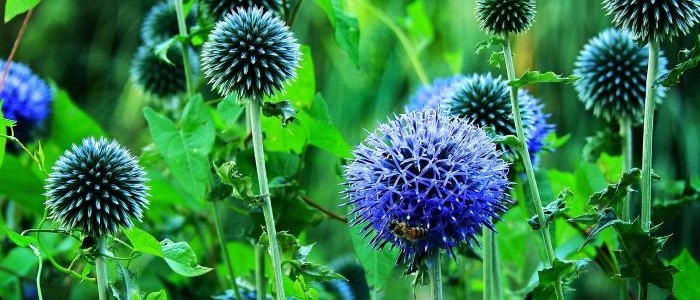The blue Butterfly pea plant, also known as Clitoria ternatea, is a stunning flowering vine that not only adds a splash of vibrant blue to your garden but also offers a myriad of health benefits.
Native to Southeast Asia, this plant has gained popularity worldwide due to its mesmerizing blooms and its versatility in various culinary and medicinal applications.
Whether you’re an experienced gardener or a novice, learning how to grow and care for butterfly pea plant is a rewarding journey that will surely elevate your gardening skills and enhance the beauty of your outdoor or indoor space.
The Butterfly pea plant can be easily grown and cared for in containers. It is important that you, choose a large enough container with good drainage to allow the plant’s roots to grow freely.
You also need to fill the container with a well-draining potting mix when you are planting the butterfly pea seeds or seedlings. Place the container in a sunny spot and water the plant regularly, making sure to keep the soil moist but not soggy.
It is also necessary to prune the plant regularly to encourage bushier growth. this will provide support for the vines to climb. With proper care and attention, you can enjoy the vibrant blue or purple flowers of the butterfly pea plant throughout the growing season.
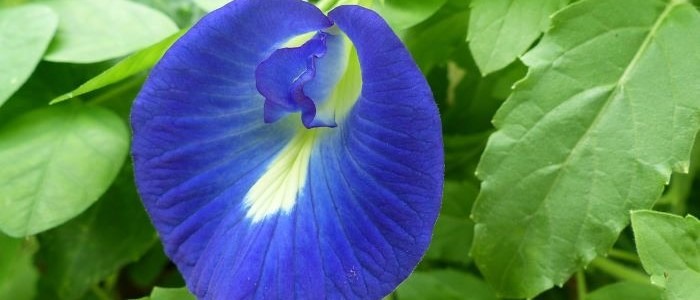
Blue Butterfly Pea Plant Frequently Asked Questions
Can the butterfly pea be grown as a house plant?
Yes, the butterfly pea can be grown as a houseplant. Mainly because it is a relatively low-maintenance plant that thrives in warm and sunny environments, making it perfect for indoor cultivation. With proper care and regular watering, the butterfly pea can add a vibrant pop of color to any indoor space with its beautiful blue and purple flowers.
What is the hardiness zone for butterfly pea plants?
The butterfly pea plant is native to tropical and subtropical regions and prefers temperatures between 65 and 85 degrees Fahrenheit. This makes it hardy in USDA zones 9 to 11. In colder climates, Unsulky it can be grown as an annual or brought indoors during the winter months.
Watering and Fertilizing your Butterfly Pea Plant
Watering and fertilizing your butterfly pea plant are crucial steps in ensuring its healthy growth and vibrant blooms. These plants thrive in moist soil, so it’s important to keep the soil consistently damp but not waterlogged. Regular watering, especially during dry spells, is necessary to prevent the plant from drying out.
However, be cautious not to overwater, as this can lead to root rot and other issues. It’s best to water deeply, allowing the water to penetrate the root zone, and then let the soil dry out slightly before watering again. This watering technique encourages the plant’s roots to grow deeper in search of water, creating a stronger and more resilient plant.
Additionally, mulching around the base of the plant helps to retain moisture in the soil, reducing the frequency of watering needed. Monitoring the weather conditions and adjusting the watering schedule accordingly is also essential, as excessive rainfall can contribute to waterlogged soil. By following these watering guidelines, the plant will thrive and produce beautiful, vibrant blooms.
When fertilizing your butterfly pea plant, it is important to choose a fertilizer that is rich in phosphorus and potassium, as these nutrients promote healthy root development and flower production. Applying the fertilizer according to the package instructions, usually once every few weeks during the growing season, will ensure that the plant receives the necessary nutrients.
However, it is crucial not to over-fertilize, as this can lead to excessive foliage growth at the expense of blooms. Regularly monitoring the plant’s growth and adjusting the fertilizing schedule accordingly will help maintain a balanced and thriving butterfly pea plant.
How to Propagate the Blue Butterfly Pea Plant
There are several ways to propagate the blue butterfly pea plant, including by seeds, cuttings, or division. If you choose to propagate by seeds, start by collecting the mature pods when they turn brown and dry.
By Seedling: Gently open the pods and remove the seeds, making sure to discard any that appear damaged or discolored. Next, soak the seeds in water overnight to help with germination. Once soaked, plant the seeds in a well-draining potting mix, covering them with a thin layer of soil.
Keep the soil consistently moist and place the pot in a warm, sunny location. Within a few weeks, you should start to see the seeds sprout and small seedlings emerge. As they grow, make sure to provide adequate sunlight and water regularly, allowing the soil to dry slightly between waterings.
Once the seedlings have developed a few sets of true leaves, you can transplant them into individual pots or directly into the garden, spacing them according to the plant’s specific requirements. Remember to continue caring for the seedlings by providing proper water, sunlight, and nutrients to ensure their healthy growth.
If you choose to propagate by stem cuttings , make sure to select a healthy and mature plant. Using a sharp and clean pair of scissors, cut a stem from the plant just below a leaf node. Remove any lower leaves on the stem, leaving only a few at the top. Dip the cut end of the stem in rooting hormone and plant it in a well-draining soil mix.
Keep the soil moist and provide a warm and humid environment until the cutting develops roots. Once rooted, you can transfer the cutting to a larger pot or directly into the garden, following the same care instructions as for seedlings.
On the other hand, if you choose to propagate the blue butterfly pea plant by division, you can start by carefully digging up the mature plant. Gently separate the plant into smaller sections, making sure each section has both roots and shoots. Replant the divided sections in well-prepared soil, ensuring that they are at the same depth as they were before.
Water the divisions thoroughly and provide regular care until they establish themselves. Propagating by division allows you to have multiple plants from one parent plant, ensuring a bigger and more abundant butterfly pea plant garden.
Common Problems Faced With Blue Butterfly Pea Plant
Some of the common problems and pests faced with butterfly pea plants include fungal diseases such as powdery mildew and root rot. These can be prevented by ensuring good air circulation around the plants and avoiding overwatering. Another common issue is pest infestation, particularly by aphids and spider mites.
Regular inspection and early detection can help in controlling these pests through organic methods such as spraying with neem oil or introducing beneficial insects like ladybugs. Additionally, butterfly pea plants are sensitive to cold temperatures and may suffer damage or even die if exposed to frost.
It is important to provide them with protection during winter months, such as covering them with a frost cloth or bringing them indoors. Adequate watering and well-drained soil are also crucial for the health of butterfly pea plants. Keeping the soil consistently moist but not waterlogged will prevent root rot and ensure optimal growth.
It is advisable to regularly monitor the pH levels of the soil and adjust accordingly to maintain a slightly acidic to neutral environment. Following these guidelines will help ensure the longevity and vibrancy of your butterfly pea plants..
Conclusion
In conclusion, growing and caring for butterfly pea plants can be a rewarding experience. By providing them with the right amount of sunlight, water, and well-drained soil, you can help these beautiful flowers thrive in your garden.
Remember to regularly monitor the pH levels of the soil and adjust as needed to maintain a slightly acidic to neutral environment. With proper care and attention, your butterfly pea plants will reward you with their vibrant blooms and add a touch of elegance to your outdoor space.
So why wait? Start growing and caring for butterfly pea plants today and enjoy the beauty they bring to your indoor space and garden.
Other Blue House Plants
